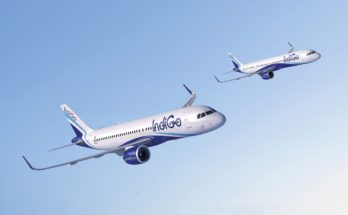
The first Space Launch System (SLS) came close to launching on August 29. However, an issue with a hydrogen bleed line caused the mission to be scrubbed. The launch is the culmination of over a decade of development and billions of dollars in investment, so a slight delay is not a concern in the long run. The launch will now likely take place in early September.
The SLS is designed to lift crew and cargo into orbit. In particular, it will carry the Multipurpose Crew Vehicle (MPCV), also called Orion. Initially, NASA expects the launch vehicle to carry 70 to 100 metric tons into orbit, with capacity eventually being raised to 130 metric tons. The SLS is the center of NASA’s efforts to expand human exploration beyond low-Earth orbit. NASA selected a final design for the SLS in September 2011. Following the guidelines laid out in a January 2011 preliminary report by NASA as well as the 2010 NASA Authorization Act, the space agency selected a design that includes components from both the retired Space Shuttle and developmental Ares I rockets.
Some of the biggest names in the aerospace industry produce components for the SLS and the Orion spacecraft, including Boeing (SLS core stage), Northrop Grumman (solid rocket boosters), Aerojet Rocketdyne (RS-25 engine), Lockheed Martin (Orion capsule), and Airbus (European Service Module for Orion). All of these components come together to form the SLS, Orion, and the Artemis I mission.
Artemis I will launch an Orion spacecraft around the moon for six days and return it back to Earth. The mission will have no crew. Artemis II will launch a crew on a lunar flyby test and return to Earth; that mission is planned for 2024. Artemis III will land a crew on the moon with or without the future Lunar Gateway in place; the mission is planned for 2025.
The scrubbed August launch, although disappointing for NASA, is the old meeting the new. Harking back to the days of the Apollo missions and the Space Race – and utilizing components from past programs – SLS and the Artemis missions will open the door to the moon and beyond. The astronauts of today can look to the Apollo missions for inspiration and the world can look at them as a cadre to inspire future spacefarers.
Carter Palmer has long held a keen interest in military matters and aviation. As an analyst for Industrial & Marine Turbine Forecast, Carter specializes in examining key gas turbine programs for electrical power generation, mechanical drive, and marine propulsion applications. He is also responsible for updating the reports and analyses within the Space Systems Forecast – Launch Vehicles & Manned Platforms and Space Systems Forecast – Satellites & Spacecraft products.



